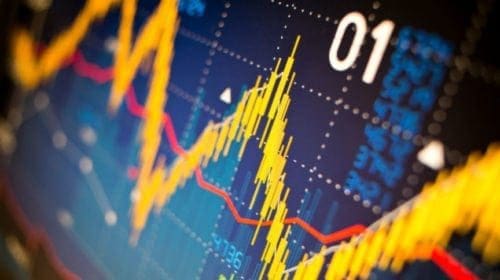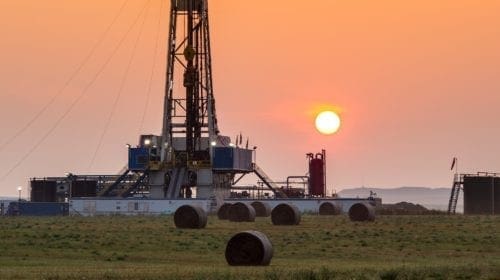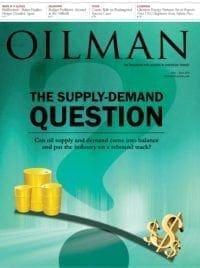Letter from the Publisher
Well, what a difference an issue makes. The month of April alone saw a 20% rise in the price of WTI Crude closing at around $45 a barrel which is a whopping 77% off the mid-February lows just north of $26 a barrel. During the plummet an expert said that the oil market has as much to do about confidence as it does about basic supply and demand fundamentals. It would seem as though one part of that basic equation has shot a huge amount of confidence into the oil market. The big D “demand” has been our short term savior. Gasoline stock piles along with our production steadily decreasing have fueled this rally. Yes, fuel is cheaper at the pump therefore it’s easy to say demand would naturally be higher, but is there something else going on here? If you look back at any recovery it started with the same scenario we have here – short sellers get squeezed out of the market causing an initial pop in the price – then some form of surprises in demand pulls it the rest of the way out of the gutter. As stated in our featured article by Jennifer Delony (beginning on page 18) these market swings could prove to be counter-productive for the long term health of the oil market. Prices tick up, higher cost production jumps back into the market, supply out pumps demand, market sells it off, we all cry, rinse and repeat. But the big question here: when prices tick back up, how quickly could higher cost producers get back in the game, if at all? I point this out only to show that if the answer to that question is any form of “not fast enough” then we could see an oil shortage and an ensuing price explosion. When the market’s bad, it’s way too bad – when the market’s good, it’s way too good. Right now we’re kind of somewhere in between.














